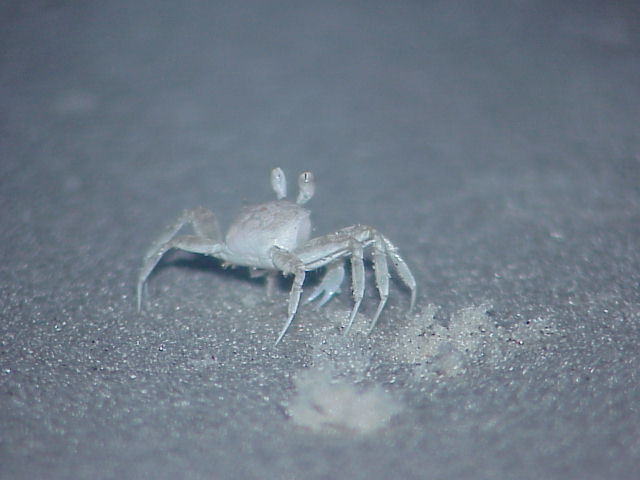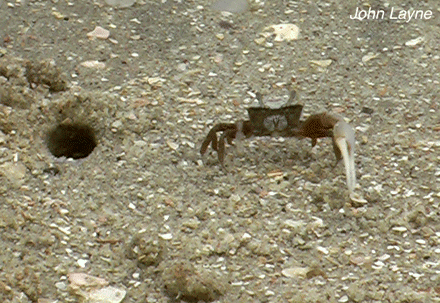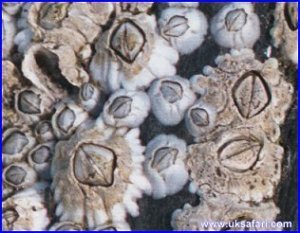Oysters are another bivalve animal. In the case of all bivalves, the part of the animal that lines the shell is known as the nacre and the part of the animal that make up the outer shell is known as the mantle. A pearl is created rather by accident when something foreign gets stuck inside the mantle, thus the nacre builds up to protect the animal. This build up is known as the pearl.
Oysters, mussels, and clams all make pearls. However, they are most often seen in oysters. My theory is that the oyster shells are typically not as uniform in shape as clams and mussels and tend to grow according to their surroundings, making it easier for foreign junk to accumulate.















What people are saying …